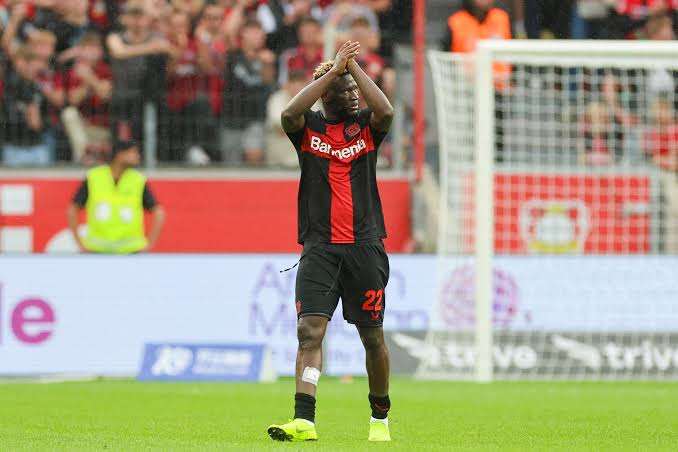An energy expert, Musa Adewovin, has proffered a new energy solution amid the current economic hardship and continuous collapse of the national grid.
Adewovin opined that Africa’s 4th largest economy, Nigeria, is the most populous black nation with well over 200 million citizens. But, according to him, the country, though blessed in resources – human and minerals – could be said to be struggling with attaining power availability and sustainability.
He said there have been reports of total national grid collapses and isolated outages within states and other axis while the power sector could be regarded as a positive catalyst to the economic stability of any country.
Speaking further in an article he personally penned, he said, “Before power gets to the utilization points, it goes through three major stages – Generation, Transmission and Distribution. While the generating aspect is plagued with long standing issues such as gas deficiency, supply chains disruption and weakened infrastructure, the distribution end is not mostly talked about and this could be a potential blind spot when the energy generation is put well behind us.”
Highlighting some of the distribution challenges, Musa mentioned: “Poor preventive maintenance program, poor service cables installation, improper equipment, protective devices, and reduced community awareness.”
Speaking on the preventive maintenance programs being utilised by the Distribution Companies (DisCos), he said critical infrastructure such as transformers, feeder pillars, overhead conductors are not readily maintained or completed or even non-existent.
According to him, “We can ask ourselves, when last you saw a Disco official carrying out routine maintenance on any of the systems mentioned above, this is not mentioning responses to issues that have already occurred. Apart from maintenance communications on the transmission and 11kV/33kV distribution, the 415V low voltage and their associated step-down transformers have suffered neglect.
“This progresses to the next point, service cables which play a vital role in energy utilization have not enjoyed enough attention. Usual cases of dangling cables, failed D-irons and insulators still persist. Have it in mind that these cables are bare and often times lead to shock circuits on contact, thereby damaging supply transformer windings. This validates the importance of the next point, infrastructure protection. Research as shown that more than half of the feeder pillars in Lagos alone do not have the recommended High Breaking Capacity Fuses (HBC) installed in them. What you find are improvised materials such as aluminium or copper conductors. The risk here is that the transformer is not protected from excess current due to short circuit, leading to damage and downtime.
“Apart from a few communication over the radio on the safety responsibilities of energy consumers, there is more that can be done on signages, that address safe distance recommendations. This definitely improves consumer safety and increases the life span of equipment on the last mile.
“To address preventive maintenance structures, an appraisal of the distribution system is required. Some of the questions would seek to address the best maintenance approach, namely run-to-failure (RTF) approach, scheduled preventive approach, and condition based maintenance. The RTF approach might be economically for replacement maintenance such as fuse and fuse elements change out, however, it is not feasible for transformers due to their high purchase and installation cost. While scheduled maintenance can play a vital role in prolonging the lifespan of transformers, condition-based maintenance approaches will definitely improve efficiency on the part of the equipment and the people carrying out the work. This continuous monitoring can be achieved through online current monitoring, blanket gas pressure monitoring, thus guiding maintenance decision making processes.”
He concluded by saying that, “robust reliability centered maintenance approach, if adopted on the utilisation side of energy distribution, could improve equipment lifespan and power availability, thus reducing overall operational and maintenance costs.”

 4 months ago
7
4 months ago
7















 English (US) ·
English (US) ·